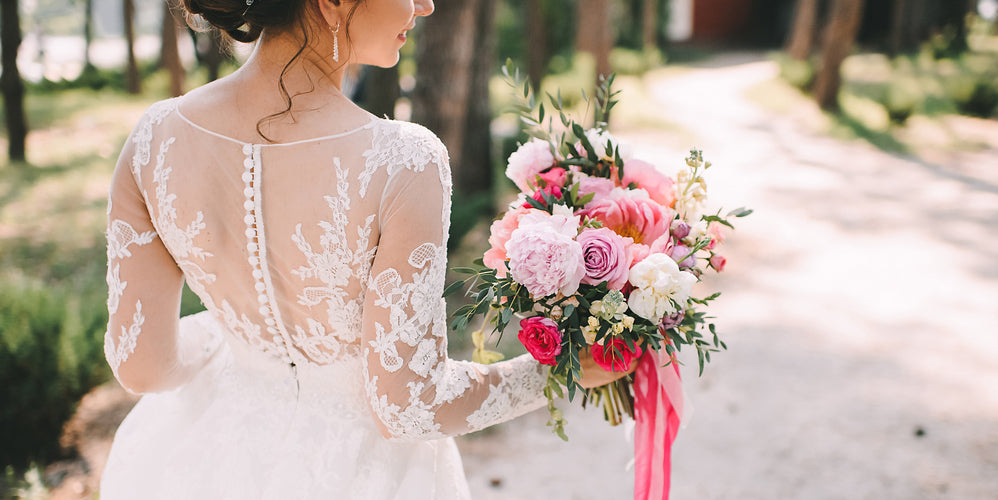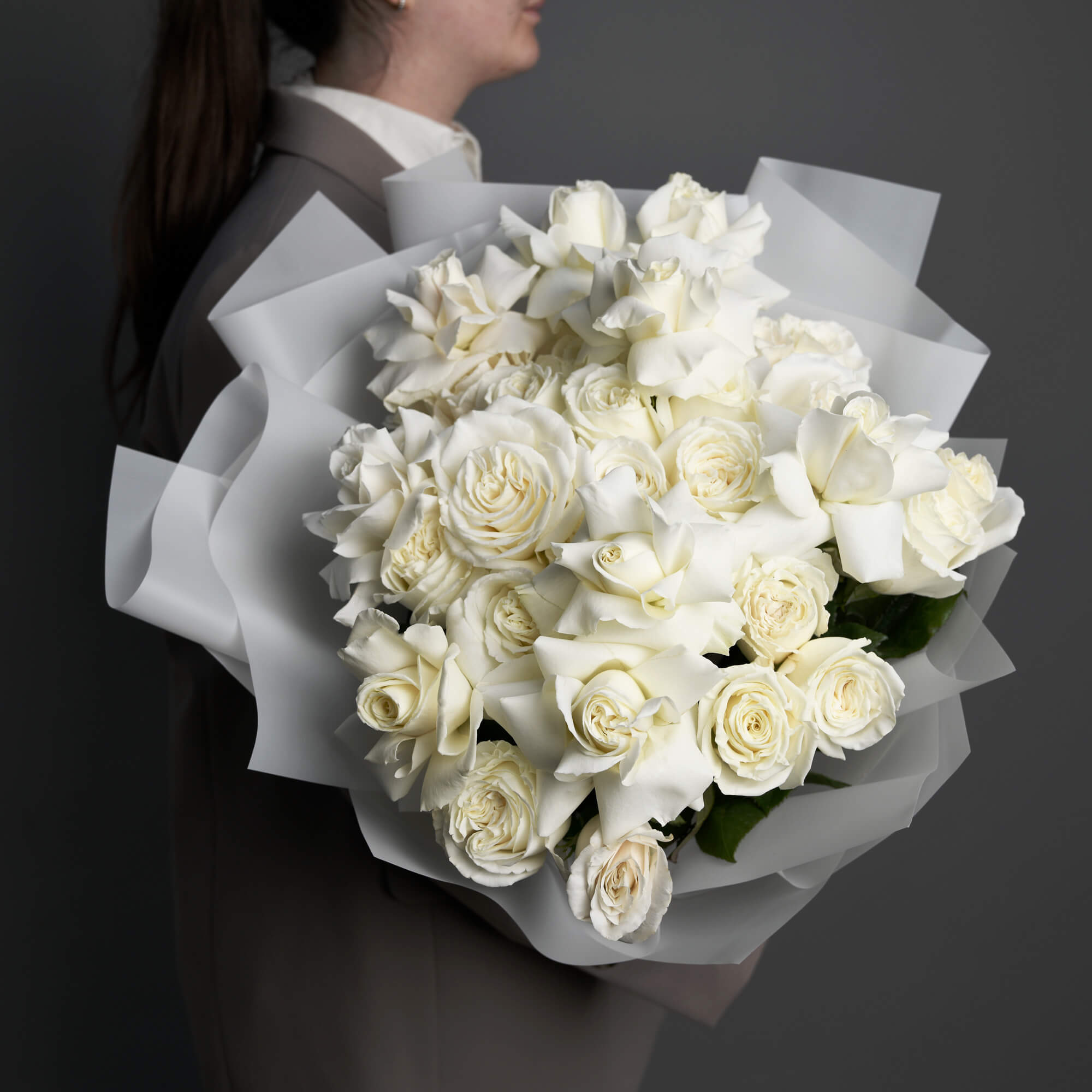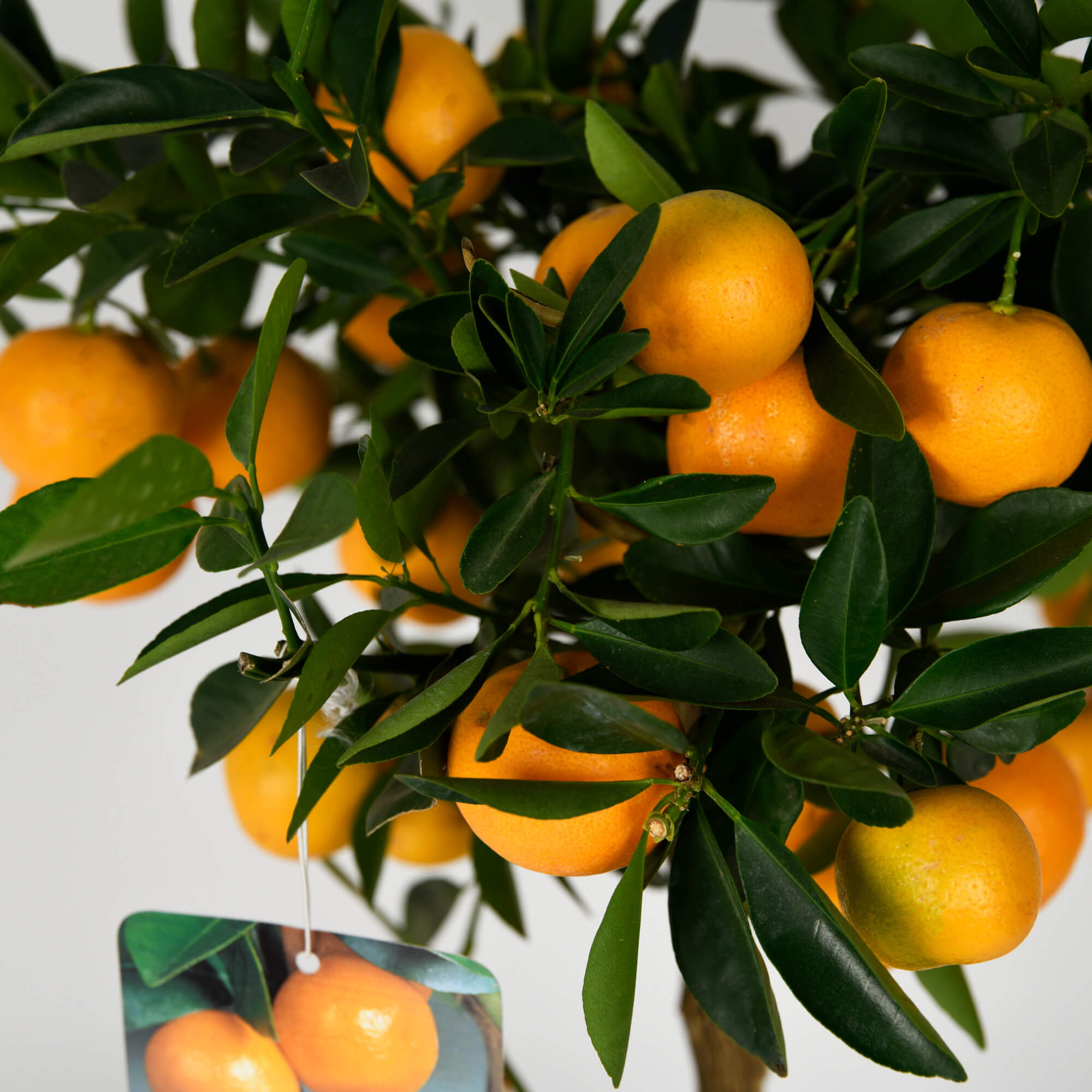Hydrangeas and their preferences, how to take care of these special flowers to enjoy them as much as possible

Hydrangea, this true miracle of nature, is one of the most famous decorative shrubs in the world, and deservedly so. The absolutely enchanting appearance of its inflorescences and their striking perfume are the details that conquer the hearts of all lovers of beauty.
The characteristics of this type of plant are downright fascinating, but known by few of those who have ever given or received a bouquet of hydrangeas. The most interesting of all is, without a doubt, the ability of the plant to change its color depending on the properties of the soil in which the shrub is planted. Fortunately, this strangeness does not turn the plant into one that is difficult to master, it is part of the category of plants easily adaptable to all kinds of environments. The possibility of adaptation is not, however, the consequence of a lack of preferences in terms of conditions. Of course, there are a number of characteristics of the perfect environment for growing hydrangeas, which you will discover in the lines below.
content
- Types of hydrangeas and their compatibility with apartment life
- Hydrangea care: general aspects
- How to take care of hydrangeas in an apartment in a vase?
- Types of hydrangeas and their compatibility with apartment life
Traditionally cultivated in Asia, initially taken over by the American people and later also by the Europeans, hydrangeas were grown from the beginning as decorative garden shrubs. Little by little, the practice of indoor cultivation of these wonderful plants became popular. However, you should know that not all types of hydrangea are compatible with indoor life.
Common hydrangea

Originally from the United States of America, the common hydrangea is a perennial shrub that can reach up to 2 meters. Extremely rich and blooming, the common hydrangea develops spherical inflorescences, pink or white, depending on the acidity of the soil in which it is planted. Its flowering period lasts, in general, from the beginning of summer until the beginning of autumn. This type of hydrangea is fully compatible with planting in pots. In order to live as long as possible, common hydrangeas must be kept in a semi-shady place, watered regularly, and they will be "styled" in the spring. With the blooming of tulips, daffodils and snowdrops, the spring flowers , it will be necessary to remove the dry shoots from the stem of the shrub.
Hydrangea plate
Slightly shorter than her face, whose story you learned about previously, the saucer hydrangea can reach a maximum height of one meter. What differentiates the inflorescences of this type of hydrangea from those of the other types is the specific coloring: the flowers in the edges create a crown of a different color around the flowers in the center of the Bulgarian which traditionally bears the title of the inflorescence of the shrub. The plate hydrangea can be found in multiple color variations, these being also influenced by the qualities of the soil in which it is grown.
Hydrangea with panicles

Hortensia paniculata is a species of hydrangea with fast growth, which can reach a height of 2.5 meters in the most common cases. It is interesting to know, however, that in exemplary growing conditions, hydrangea with panicles reaches fascinating heights of up to 7 meters! It is easy to recognize, its inflorescences have a specific, conical shape. The flowers of this member of the hydrangea family can appear in a variety of shades, from white to cream to pink. Unlike the other types of hydrangea mentioned previously, this one cannot be grown indoors, being necessary to plant it in a garden, in a shaded place.

Velvet hydrangea
The last of the four types of hydrangeas whose stories you discover today is the velvet hydrangea. It can reach heights of 2 to 4 meters, and its inflorescences resemble those of the plate hydrangea: on the edges they are often white, and inside they are purple, blue or pink. Their name comes from the special texture of the leaves, which are extremely velvety. Velvet hydrangeas bloom from June to September, and their flowers have a sweet fragrance that often attracts insects.
- Hydrangea care: general aspects
As you have already guessed, hydrangeas are not extremely pretentious plants, part of their popularity being due to this convenient aspect for those who want to decorate their home with flowers, but do not have the availability to give them a care that consumes a lot of time.
When and how should hydrangeas be watered?

In order to get an idea of how much water hydrangeas need to grow healthy and stay in bloom for as long as possible, it is necessary to make a short foray into history. At the time of the discovery of this plant, the botanists of the time called it "Hydrangea", a name of Greek origin, obtained by joining two terms: "hydro" (water) and "angos" (vessel). Once the etymology of the scientific name of this plant is known, it is easy to understand that it needs large amounts of water to develop properly.
However, you should not exaggerate, considering that it will be optimal to water your hydrangeas daily. In the warm season, they must be watered twice a week, while in the cold months of the year it is enough to remember to give them some water once a week.
Spaces where hydrangeas can grow harmoniously

In general, hydrangeas prefer semi-shaded places, but this should not mean that it is recommended to completely deprive your plants of direct sunlight. And hydrangeas love sunbathing, but only for a few hours a day. If you place them in the places in the house where the sun's rays only penetrate for 2-3 hours a day, you can be sure that you have created the perfect environment for them. In a relatively short time, you will also receive feedback from your hydrangea, which will express its possible dissatisfaction with the conditions offered by the lack of flowers.
Preferred temperatures of hydrangea
Since hydrangeas are, in principle, outdoor plants, they need somewhat more special conditions in terms of temperature, if they are kept indoors. In order to survive more than 2 years and to bloom periodically, it is essential to accommodate it with the day-night cycles. This accommodation can be done by moving the pot to an open balcony at night, especially in autumn, or by positioning it from the beginning in a space where the windows are open at night. Also, in order to have a blooming hydrangea, it must be subjected to the "winterization" process: during the winter, the plant will be placed in a garage or on a closed terrace, in order to dry its old inflorescences, towards to make room for shoots.
- How to take care of hydrangeas in an apartment in a vase?

Most often, they are offered in the form of bouquets with hydrangeas or boxes with impressive hydrangeas , which conquer ladies and young ladies of all ages with their defining colors and fullness. How should such a bouquet of flowers be cared for in order to keep it in an honorable condition for as long as possible?
Removal of leaves
First of all, it is important to remove all the leaves from the flowers received as a gift. They consume the nutrients that must be directed exclusively to the inflorescence, so that it survives longer. Also, the stems must be submerged as deep as possible in the water, in order to come into contact with the nutrients through as many key points as possible.
Water replacement

In the optimal situation, the water of the hydrangeas bouquets must be changed once every two days, the purpose of this operation being to refresh the nutrient reserves with which the plants can feed. Moreover, you can look for and use various water-soluble mixtures that contain vitamins for the flowers in the vase. Applying these simple rules, the flowers can last seven days without any problems!
Correct cutting of hydrangeas stems
One last trick to use to slightly extend the life of the flowers kept in the vase is the oblique cutting of each individual stem. Thus, the main surface in contact with the water will be somewhat larger, and the plant will be able to feed itself more efficiently. Of course, this artifice will not work miracles, but flower lovers and young people in love know how important even a few extra hours spent in the scent of flowers received from their loved ones are.
Hydrangeas can easily fit, along with bouquets of roses and bouquets of orchids , in the category of the favorite flowers of romance. Always a safe gift option, a bouquet composed of these wonders of nature will charm any lady or young lady. If you also love hydrangeas, it is essential to do everything possible to give them as long a life as possible in your home, so that they can offer you, in turn, the gift of their special beauty.
Photo sources: Californiaflowers.ro; Shutterstock.com; Unsplash.com
Flower delivery Bucharest with home delivery
Flower delivery Brașov for fresh flowers and fast delivery






























